As we have previously written, Buyers Don’t Buy Products, They Buy Outcomes. I see a perfect example of this as I look out my window into my driveway. I bought a car to get to the places I need to get to support the outcomes that I need:
- Enjoying our home in the mountains to bike and ski.
- Get to the airport to fly somewhere to visit a client or an occasional trip for fun.
- Sustain day-to-day life at home.
I don’t drive very often, but the car I drive is reliable, it allows me to transport my gear and delivers the outcomes I need. Quite frankly, it is less than impressive for anyone that would consider themselves a car junkie. Sounds like I may be cheap but trust me that the outcomes I need require plenty of investment over and above a car.
The outcomes that your business delivers should be woven throughout the operational as well as the sales and marketing aspects of your business. Let’s focus on sales and marketing given this is your focus if you landed on this blog.
Outcomes are in play at each stage of the process that you have in place to help your ideal prospect to become an ideal client:
- Marketing/Prospecting: Your marketing plan should be targeted to attract businesses that are looking for outcomes that your company can deliver. Remember, Buyers Don’t Buy Products, They Buy Outcomes, so product-centric messaging makes it challenging or impossible for the target to understand what outcomes they might get from your product.
- Qualifying: The goal of the qualifying stage of a sales cycle is to determine if the buyer is a good fit for the outcomes that your company can generate and if they have resources to pay for your product or service.
- Discovery: The idea with the discovery stage of the sales cycle is to explore areas of need that your prospects have. Needs for all potential outcomes that you can deliver should be explored.
- Proposing/Recommending: Your proposal should be communicated in terms of the outcomes that your clients will receive if they invest in you.
- Enjoying your services: Your operational team should be focused on maximizing outcomes for your clients. From a sales perspective, you need to gather outcomes — actual, quantifiable metrics — from happy clients when you conduct periodic business reviews. Those metrics should then be used in the other stages of the buying process to help communicate your value.
Having a resource, let’s call it an Outcomes Framework, shared by the sales and marketing team that is updated regularly, and shared centrally between sales and marketing provides many benefits:
- Alignment: Historically, sales and marketing teams are at odds with each other. Sales teams need marketing to communicate properly to prospects in a language they understand (outcomes and value, not product specs). On the other hand, marketing relies on sales to gather outcomes to help them create messaging. Both need each other to be on the same page, and an outcomes framework is a great place to start!
- Effectiveness: Outcomes-based messaging resonates with prospects, so win rates go up when communicating in terms of outcomes.
- Efficiency: Having a centrally-shared resource in place for an entire sales team makes it significantly easier for sales teams to prepare for all calls. Better yet, it can take fewer calls to achieve the same result. How happy would your sales team be if you were able to cut in half the time that sales reps spend preparing for meetings and helping them win more deals?
Leveraging an Outcomes Framework with real-world client success stories can be a game-changer for your revenue generation team.





